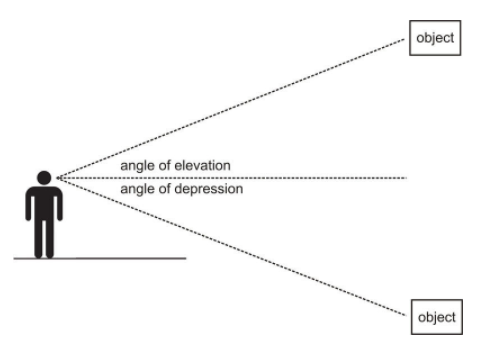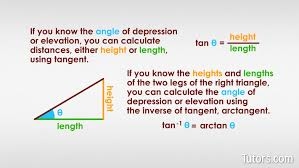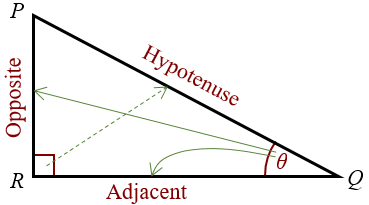Het arrangement Trigonometry is gemaakt met Wikiwijs van Kennisnet. Wikiwijs is hét onderwijsplatform waar je leermiddelen zoekt, maakt en deelt.
- Auteur
- Laatst gewijzigd
- 24-03-2021 16:48:55
- Licentie
-
Dit lesmateriaal is gepubliceerd onder de Creative Commons Naamsvermelding 4.0 Internationale licentie. Dit houdt in dat je onder de voorwaarde van naamsvermelding vrij bent om:
- het werk te delen - te kopiëren, te verspreiden en door te geven via elk medium of bestandsformaat
- het werk te bewerken - te remixen, te veranderen en afgeleide werken te maken
- voor alle doeleinden, inclusief commerciële doeleinden.
Meer informatie over de CC Naamsvermelding 4.0 Internationale licentie.
Aanvullende informatie over dit lesmateriaal
Van dit lesmateriaal is de volgende aanvullende informatie beschikbaar:
- Toelichting
- A guide through chapter 6
- Eindgebruiker
- leerling/student
- Moeilijkheidsgraad
- gemiddeld
- Studiebelasting
- 4 uur 0 minuten
Bronnen
| Bron | Type |
|---|---|
|
SOHCAHTOA https://www.youtube.com/watch?v=PIWJo5uK3Fo |
Video |
|
https://www.youtube.com/watch?v=Ly0mUAwlCT8 https://www.youtube.com/watch?v=Ly0mUAwlCT8 |
Video |
|
History of trigonometry https://leseditionsdeschavonnes.com/2017/02/07/brief-history-of-trigonometry/ |
Link |
|
Trigonometry and what else to expect https://www.khanacademy.org/math/trigonometry |
Link |
|
https://www.youtube.com/watch?v=0Bvm9yG4cvs&t=1818s https://www.youtube.com/watch?v=0Bvm9yG4cvs&t=1818s |
Video |
|
https://www.youtube.com/watch?v=WwVCSVmSNgs https://www.youtube.com/watch?v=WwVCSVmSNgs |
Video |
|
https://www.youtube.com/watch?v=m4krz1cTmmU https://www.youtube.com/watch?v=m4krz1cTmmU |
Video |
|
https://www.youtube.com/watch?v=m5vw4ajnWGA https://www.youtube.com/watch?v=m5vw4ajnWGA |
Video |








